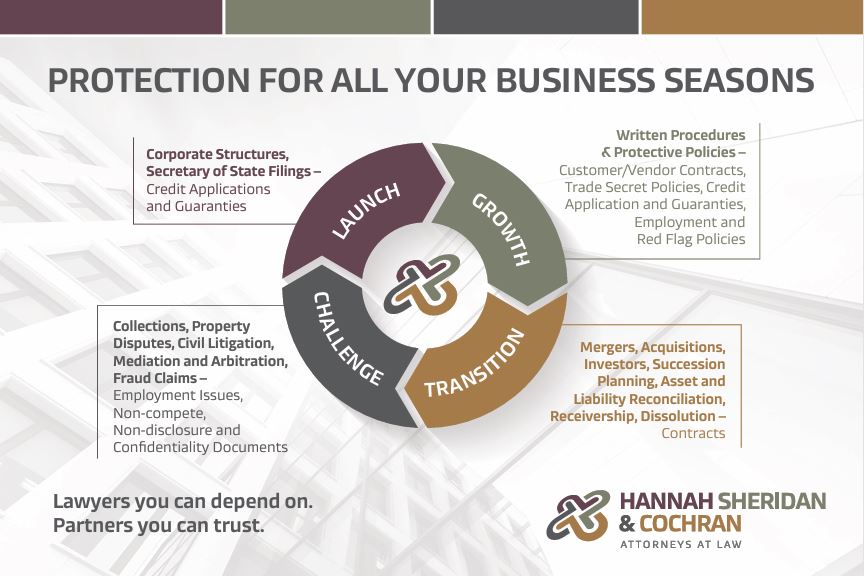In an uncertain and ever-changing economic landscape, businesses are motivated to protect their economic interests,…

Using Interest Rate as a Negotiation Tool
From an attorney’s perspective, it is easy to see that many customers view their suppliers as part of the team, not as a lender. The customer purchases materials for use on projects and anticipates paying for the materials once the contractor or owner pays them. Yes, they signed an agreement that included payment terms with interest for late payment in its terms. Yes, every invoice and monthly statement references those interest terms. And, yes, the interest rate is high as compared to the Fed Rate. The customers rarely consider the issue of “carrying costs” for a supplier. Until … they get behind.
From the suppliers’ side of this equation, they purchase materials from their vendors on credit trusting that their customers will pay within or very near terms such that the supplier has the necessary cash flow to pay its vendors within terms. If not, they must account for the carrying costs associated with carrying the debt. Those carrying costs include interest, as well as internal costs for processing and managing the accounts. A corporation’s carrying costs may entail layers of costs.
Once the time comes to collect a past due account, the carrying costs play a role in determining the range of terms to be considered in negotiating a payment plan. In North Carolina, the maximum interest rate that can be charged on an open account is 18% APR (1.5% per month). Most small businesses only have their mortgage rate, car loan, and the interest rate on their bank accounts to use as reference points, so 18% seems usurious in a market with sub-3% mortgage rates and even lower interest rates for cars and bank accounts. They see their supplier in the same light as a bank. Therefore, it seems to most that the supplier should simply permit payment over time without interest accruing.
As lawyers, we encourage a carrot and stick approach to payment plans. The “stick” is the default interest rate which we generally recommend remains the 18% APR found in the underlying contract, as well as 15% of the principal balance as attorney’s fees. The “carrot” is a reduced interest rate so long as payments are timely made.
As a creditor, our clients need to consider their carrying costs, the expense risks involved in litigation, and the benefits of recovering the full principal, plus some interest, as they negotiate terms for a payment plan. You can appear magnanimous in waiving attorney’s fees while recovering them via the interest terms. Each client considers carrying costs differently. Some value interest more highly, while others are primarily concerned about recovering principal, plus costs. Whatever your motivators, keep in mind that giving a bit on interest may provide the incentive necessary to achieve a successful payment plan. A successful payment plan, especially one “secured” by a Confession of Judgment, brings certainty to legal fees and expenses. So, giving on interest may well result in a better ultimate recovery.
By: Nan E. Hannah


